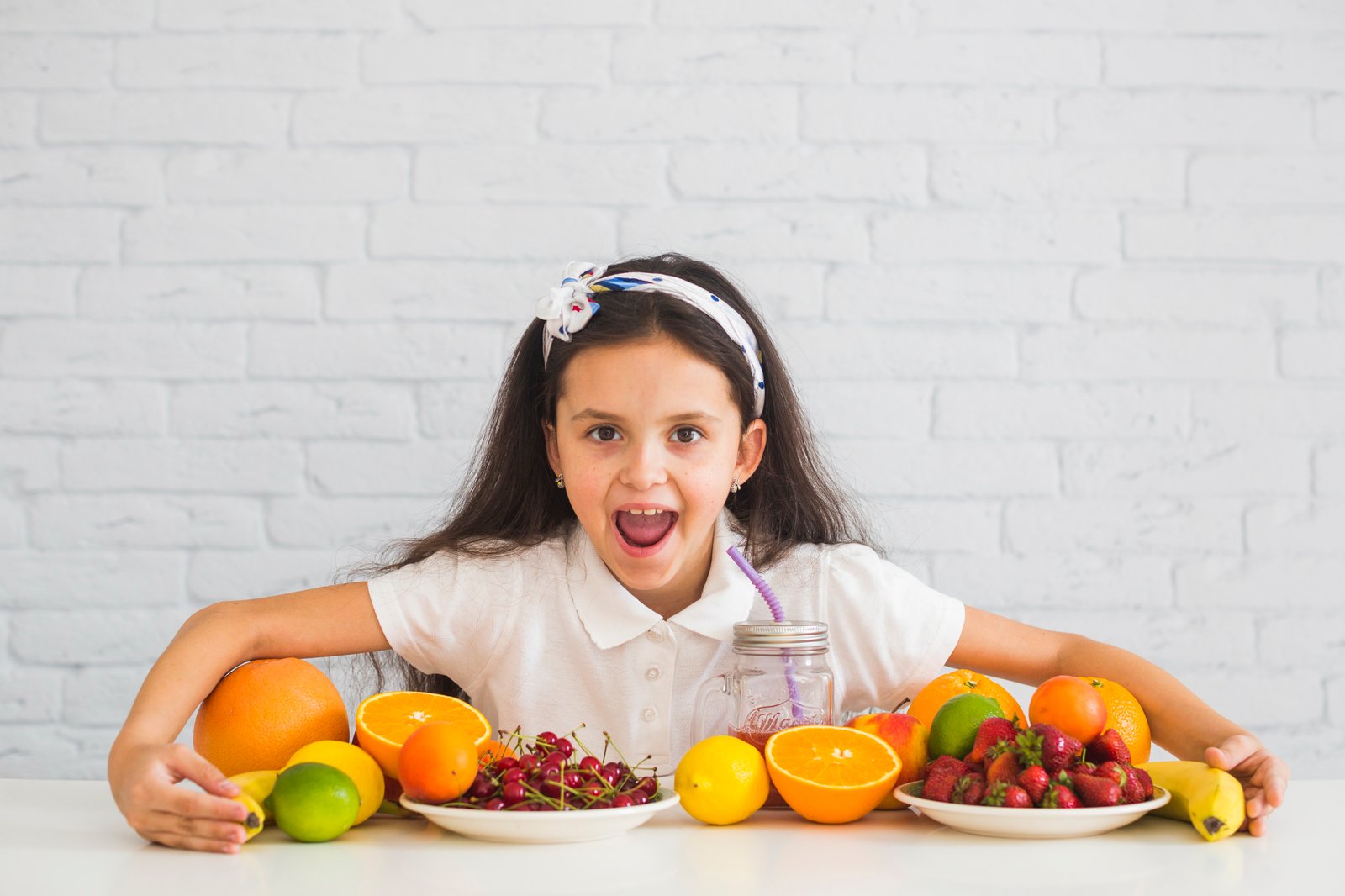


Good nutrition is crucial for children’s growth and development. Kids need a well-rounded diet full of essential vitamins, minerals, proteins, healthy fats, and carbohydrates. Although children’s nutrition needs are similar to adults', kids require different amounts of nutrients based on their age and activity level.
A balanced diet for children focuses on nutrient-dense foods—foods rich in essential nutrients with minimal added sugars, saturated fats, and salt. This blog outlines essential foods and nutrition basics that support kids’ health, along with tips on how to incorporate these into their daily meals.
Nutrient-dense foods provide vitamins, minerals, protein, and energy without extra sugars and unhealthy fats. These foods are ideal because they provide the necessary nutrients for children’s bodies and brains to develop without adding excess calories. The focus should be on selecting food items that deliver essential nutrients like protein, calcium, iron, and vitamins A, C, and D.
Key Nutrient-Dense Foods:
While nutrient-dense foods are encouraged, it’s also important to limit foods that contain added sugars, unhealthy fats, and excess salt. Too much sugar, saturated fat, and salt can lead to health issues such as obesity, heart problems, and high blood pressure later in life.
Nutritional requirements change as children grow. Below are some general guidelines for children in different age ranges to help you plan balanced meals:
Ages 2 to 4
Ages 5 to 8
Ages 9 to 13
Establishing healthy eating habits in childhood sets the foundation for lifelong wellness. Here are some strategies to make nutritious eating easier and more appealing:
Here are some balanced meal ideas to ensure kids receive all essential nutrients:
Proper nutrition is essential to help children develop, grow strong, and stay healthy. By choosing nutrient-dense foods and limiting added sugars, unhealthy fats, and salt, parents can support their child’s overall health and well-being. Establishing good nutrition habits early on not only benefits children now but also sets them on a path toward a healthy future.
For families looking for expert pediatric advice or medical support, DH Hospital in Vijayawada offers comprehensive services tailored for children’s health. Known as the best pediatric care hospital in Vijayawada, DH Hospital provides specialized nutrition and healthcare guidance to help children thrive. Whether you're addressing everyday nutrition questions or seeking expert care, DH Hospital stands out as the best children’s hospital in Vijayawada, committed to fostering the growth and wellness of young patients. For more information, please visit DH Hospital’s pediatric services page.